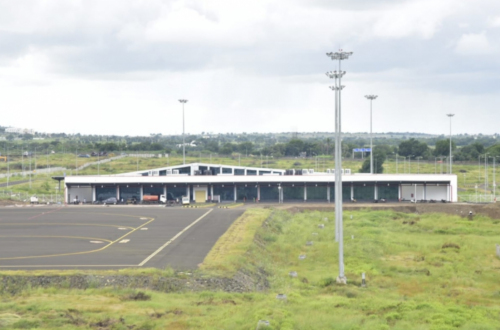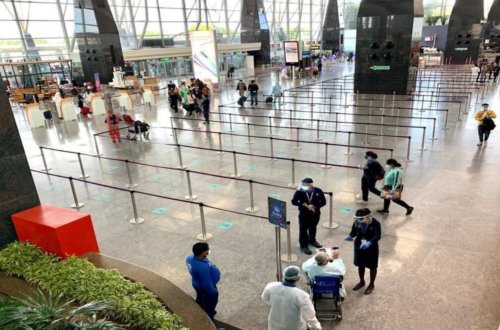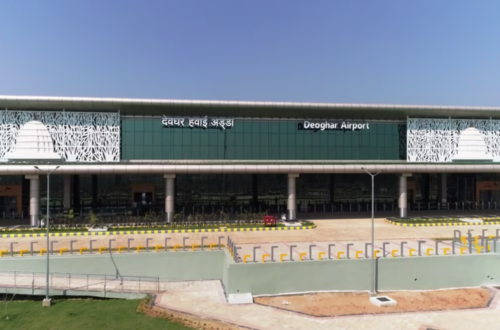India has entered a new era of aviation with the long-awaited opening of the Navi Mumbai International Airport, a netent casino project that has been in the making for more than a decade. Developed by the Adani Group, this impressive new facility is set to begin commercial operations in December 2025, serving as a crucial second gateway to the bustling metropolis of Mumbai. With a total project cost estimated at over 2 billion U.S. dollars, the airport is designed to handle as many as 90 million passengers annually when it reaches full capacity.
The creation of Navi Mumbai Airport is a response to the immense pressure on the Chhatrapati Shivaji Maharaj International Airport (CSMIA), currently one of India’s busiest and most overcrowded air hubs. Mumbai’s primary airport handles more than 45 million passengers per year, and with rising domestic and international travel demand, a second major airport was not just desirable—it was necessary. The new facility, located across the harbor in the Raigad district, will significantly reduce congestion and improve travel times for millions of travelers in the Mumbai Metropolitan Region.
One of the most ambitious features of Navi Mumbai International Airport is its integrated transport network. The airport is being connected through multiple modes of transport, including express highways, a dedicated metro corridor, and even proposed water taxi services linking it directly to South Mumbai. This multimodal design aims to make passenger transfers faster and more efficient, reflecting the city’s growing need for modern connectivity.
Architecturally, the airport has been designed with a strong cultural identity. The terminal’s structure is inspired by the lotus flower, symbolizing purity and harmony in Indian tradition. The design blends traditional motifs with futuristic glass and steel, setting a new aesthetic benchmark for Indian airports.
When Prime Minister Narendra Modi inaugurated the project site, he called the airport a “monument of modern India’s ambition” and a vital part of the country’s goal to achieve developed-nation status by 2047. For Mumbai, this new gateway represents more than just infrastructure—it’s a symbol of progress, global confidence, and India’s unstoppable rise as a hub for international air travel.




